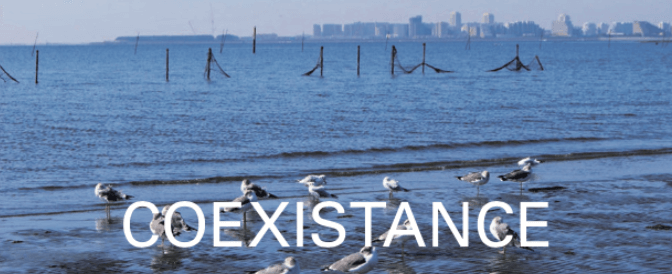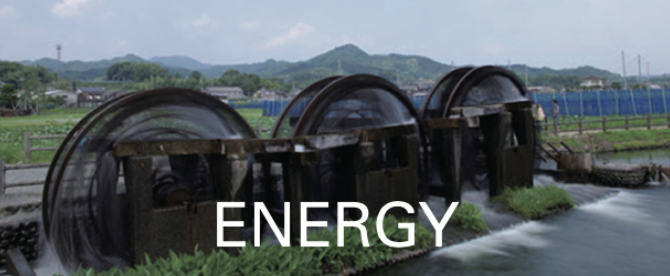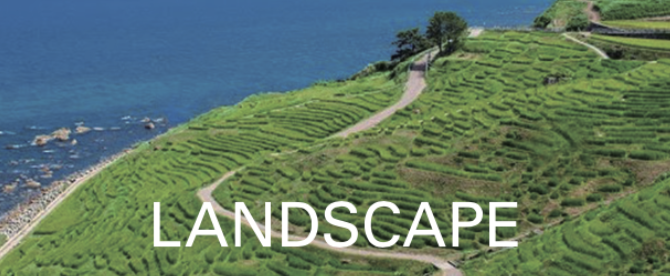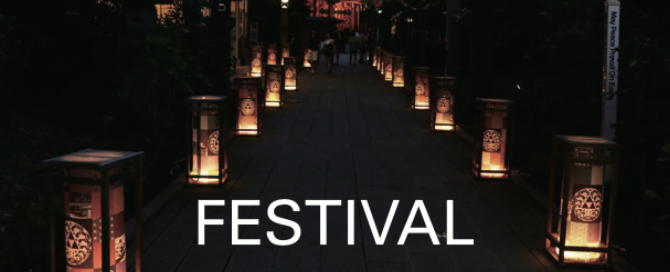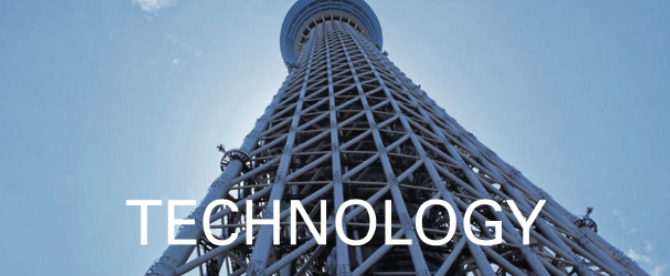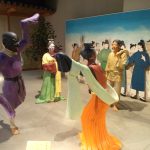
This complex is located in Asuka village, where many ruins and historical heritage are preserved. It is a comprehensive cultural base for ancient culture featured in Manyoshu, the 8th century anthology of Japanese poetry. There are paintings of Manyoshu themes others exhibited here.
The lifestyle of the Manyo era is introduced here, using life-size statues, images, music, etc., of Utagaki, the festival of singing and dancing and market. The Manyo Garden is another highlight, where you can feel the time and space of Asuka period from five scenes.
There is a scent of a poetic turn of mind in the Manyo Garden.
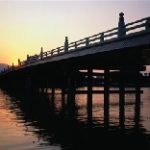
The Setanokara-hashi Bridge is over the Seta River, which is the only river to flow out of Lake Biwa. Tokaido, the route connecting Kyoto and Edo Tokyo in the Edo period (1603 – 1868), passed over this bridge. The beauty of the evening scene from the bridge was known nationwide by Omi Hakkei, Eight Views of Omi, the Japanese woodblock print, Ukiyoe, by Utagawa Hiroshige (1797 – 1858).
Utagawa was a ukiyoe artist, painting city pleasures and travel by woodblock prints and painting. This bridge was described at Nihon-shoki, the oldest chronicles of Japan in the 8th century, which was updated to consist of Ohashi Bridge and Kohashi Bridge by Oda Nobunaga (1534 – 1582): the legendary warlord and the military dictator.
Some Giboshi, ornamental caps on a bridge post, are used, which were made in the Edo period (1603 – 1868).
ーGiboshi is derived from the decoration of Ise Jingu shrine, Mie, which symbolizes a prestigious bridge such as Sanjo-ohashi Bridge in Kyoto.
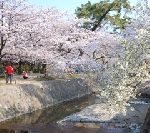
This park is a famous spot for cherry blossoms and was selected as one of the 100 best cherry blossom spots in Japan in 1990. The best time to see the blossom is from late March to early April, and the roughly 1,700 Cherry trees create a 2.8 km north-south bloom, which are mainly Someiyoshino Cherry trees.
The Nishinomiya Cherry Festival is held in early April every year, and you can enjoy tea ceremonies and mini concerts held under the cherry blossoms.

Kikujidou is the Hishida Shunso collection owned by the museum. This motif is an ancient Chinese story, in which a guilty boy was banished to a deep mountain in a remote area. He gained eternal youth from the spirit power of the chrysanthemum and kept the figure of the child for a long time. Hishida Shunso (1874-1911) studied Western painting techniques.
Shunso used the Bossen gaho technique, which doesn’t use contour lines, to construct the picture using a color surface and color spreading. His technique of constructing a picture confronted the traditional technique of Japanese art, and created the effect of spatiality and light on the screen of Japanese paintings. It also expressed the profoundness of the mountain and the fascinating signs of the mountain.
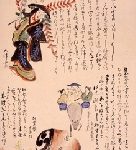
The museum possesses and exhibits prints, three-dimensional works by Kusama Yayoi (1929 -), a Japanese contemporary artist who came from Matsumoto City and is nicknamed “The Queen of Avant-garde.” Also featured is calligraphy by Kamijo Shinzan (1907 – 1997).
The museum also has the collection of Ikegami Hyakuchiku-tei, a Tea Ceremony Room with a tea garden, and literary materials, paintings and crafts, related to Masaoka Shiki (1867 – 1902), a Japanese poet, author and literary critic, and his pupils.
This museum conveys the innocent sensitivity of the Matsumoto people, who were influenced by Shiki’s innovation of Haiku, a Japanese poem of seventeen syllables.
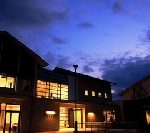
Matsuo Basho (1644 – 1694), the most famous poet of the Edo period, wrote a poem in the 4 days before his death at Osaka Minami-Mido Mae Hanaya (at the lodging of Hanaya Nizaemon, in the front of Minami-Mido: Nanba Betsuin Temple, Okasaka). The poem, “Konomichiya Yukuhitonahini Akino Kure, A streak of roads leading no one to go beyond, in autumn dusk”.
This museum has a Basho introduction section, which displays his timeline, the chronological table of his four visits to Ogaki, and materials of the circle of Tani Bokuin (1646 – 1725), a shipping agency and trader, and the poet related to Basho. And the journey of Oku no hosomichi, the Narrow Road to the Deep North, the major texts of poems and essays as a travel journal by Matsuo Basho, is restored, too.
If Basho made his last poem in Funamachi Ogaki which was his favorite place, he might have changed it to something like “Hitogoe ya Konomichi Kaeru Akino Kure —People walk down the street and hear a babble, in autumn dusk”.

This museum has been renovated from the Kuruwamachi Building of Ogaki Kyoritsu Bank, and holds only special exhibitions, every two months. It has over 3,300 works and materials by Moriya Tadashi (1912 – 2003), (No permanent exhibition). Moriya studied Yamato-e, Classical Japanese decorative paintings under Maeda Seison (1885 – 1977), a Japanese painter.
And then he studied abroad in Italy. He drew magnificently and gracefully from the masters, including Matsuo Basho (1644 – 1694), the most famous poet of the Edo period, to people in the Meiji period (1868 – 1912), and the Taisho period (1912 – 1926).
Maeda created his own historical interpretation and composition with perspective, from dynastic-style literature and the world of Haiku, Japanese poem of seventeen syllables.
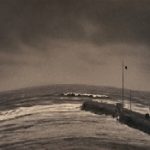
This museum is located on the site of Tottorijo Castle, at Kyusho Yamashita, Tottori City. It introduces art works of painters associated with Tottori Domain, which were created in the nature of Tottori and the nature of the region such as Tottori sand dunes.
The beautiful wind patterns on the sand are created with weak wind, flow to the Sea of Japan and returned to the land by the wave, in Tottori sand dunes. This museum conveys the value of preserving as much as possible the fount of innocence that causes the impression to be awakened to the truth.
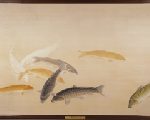
This museum possesses and exhibits fixtures such as the painting on the sliding partitions from Fukuyamajo Castle, and works by artists related to Fukuyama, Fuchu and Seto Inland Sea.
Kanashima Keika (1892 – 1974), a Japanese painter, came from Hiroshima. Keika learned from Takeuchi Seiho (1864 – 1942) in the Shijo school of Japanese painting, in 1911, who inherited the sketching style of Maruyama Okyo (1733 – 1795) a painter and the founder of the Maruyama school of painting.
He also learned the Intai style, Chinese courtyard style. He created good paintings of flowers and birds in the sketching style and added Intai, which are massive. “Gyoshin Danto”. This work shows his charm through high realism and flowing decorativeness.
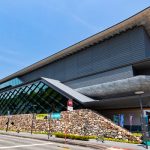
The museum opened in March 2017 at the foot of Kochijo Castle. It possesses and exhibits about 67,000 items, including national treasures and important cultural property, centered around the valuable materials of the Yamanouchi family, the lord of the Tosa Domain, such as historical materials related to the Tosa Domaine clan and Kochi Prefecture, gorgeous arms and armor, and furnishings of Daimyo, Japanese feudal lords, and many arts and crafts.
The wife of Yamanouchi Kazutoyo (1545/1546 – 1605), a feudal lord, first lord of Tosa Domaine, is Chiyo, whose parents’ home was Gujyo Hachiman Mino Province, Gifu. Her family served To Tsunenori, the warrior, the descendants of Fujiwara Teika (1162 – 1241) a famous Japanese poet, the greatest master of the waka, Japanese poem, who took care of Kokin denju, the initiation about interpretation of Kokin Waka shu, the Imperial anthology in the 10th century.
And Tosa Domaine also has a relationship with the greatest master of the waka, Ki no Tsurayuki (872? – 945) Japanese author, poet and courtier of the Heian period, who wrote Tosa Diary, a poetic diary in the 10th century.
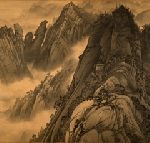
This museum is the first public art museum in Miyazaki Prefecture, which collects and introduces works of art associated with Miyakonojo. Yamauchi Tamon (1878 – 1932), was a landscape painter, who symbolized painting from the late Meiji period (1868 – 1912), to the beginning of the Showa period (1926 – 1989). This work was painted after Tamon visited Korea to research the details of steep rock formations.
Tamon studied under NaKanou Nankei, a painter of the Kanou School, in Miyakonojo. Later he went to Kyoto to study with the master of the Shijo school, Kawai Gyokudo (1873 – 1957), and the authority of the Kanou school, Hashimoto Gaho (1835 – 1908). Finally, he was highly evaluated in Tokyo by Okakura Kakuzo Tenshin (1862 – 1913), Japanese scholar who contributed to the development of the Arts in Japan and the author of The Book of Tea.
Tamon drew the vibration of live energy, with inherited techniques.
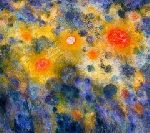
This museum collects and introduces painters from Miyazaki city, with a focus on Eikyu (1911 – 1960), a Japanese painter, printmaker and photographer, and other local and international artists. In particular, works of Surrealism, such as Rene Magritte (1898 – 1967), a Belgian Surrealist, and contemporary Italian sculptures are substantial.
“Denen, countryside, B”, by Eikyu, covers the screen with innumerable small points, like a ball of light. This work describes the moon, stars, and sun shining in the countryside of Miyazaki, with his own hometown in mind.
